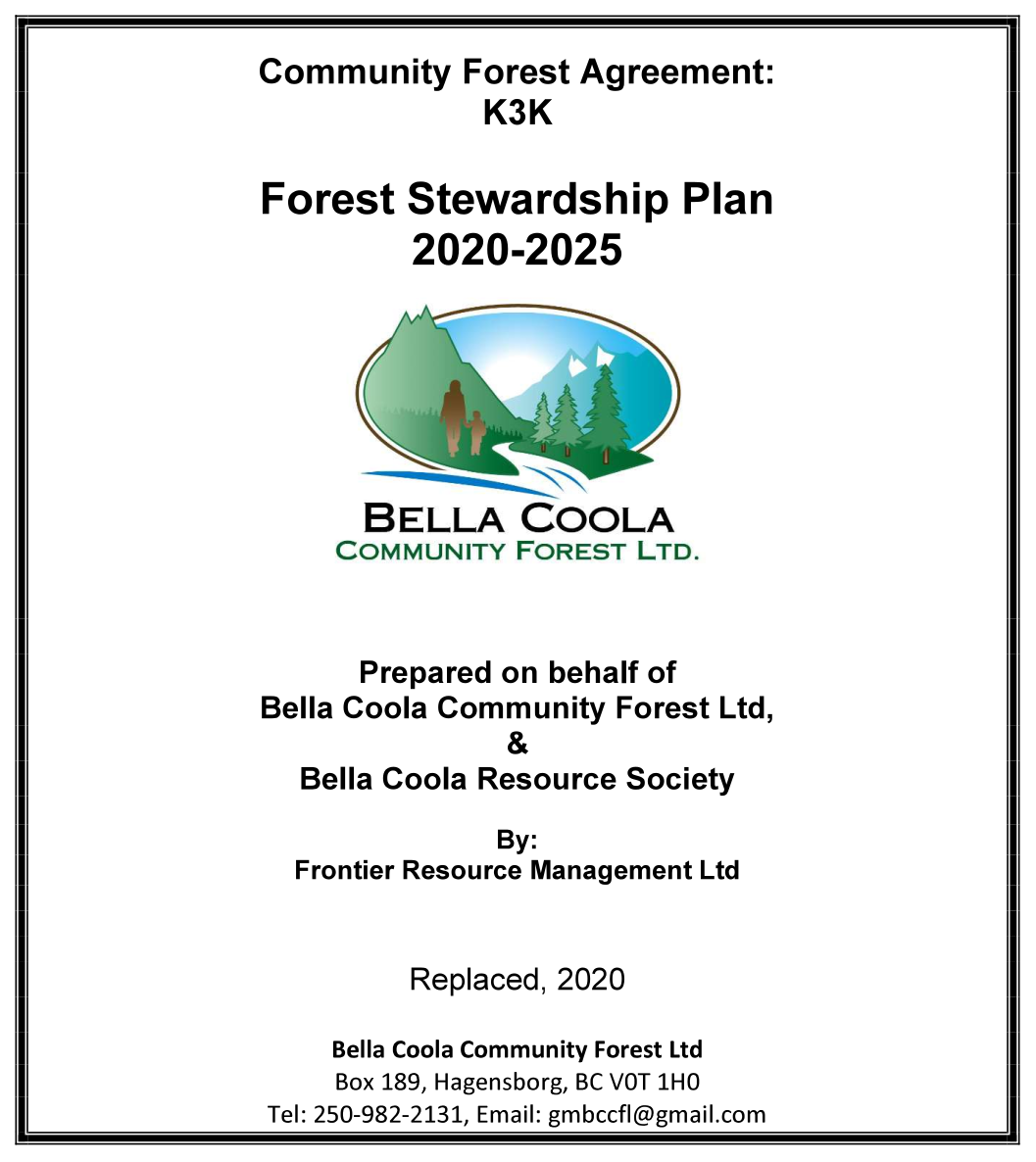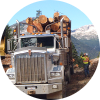Prior to the start of any road construction or harvesting, there is a lot of planning behind the scenes. It starts with the Forest Stewardship Plan which sets out how the many forest resources will be managed. Specific strategies are documented for :
- Old growth retention requirements
- Ungulate Winter Range for deer and mountain goats
- Grizzly bear habitat
- Species at risk: great blue heron, tailed frogs, marbled murrelets, northern goshawk
- Riparian protection for streams and lakes
- Community watersheds
- Wildlife trees and large woody debris
- Visual quality
- Culture and heritage
- Stocking standards for reforested sites
- Prevention of introduction of invasive plants
- Accommodation of grazing range tenures

Forest inventory mapping and aerial photos are used to identify stands of timber that appear attractive for harvesting during the course of the next 5-10 years. Then field reconnaissance is carried out to determine if the areas will be viable for harvesting. If so, then more detailed assessments and engineering is carried out to lay out the potential harvest block. This involves intensive field review by a team of professionals led by a Registered Professional Forester and, depending on site characteristics, typically includes terrain specialists, biologists, engineers and archaeologists. Sensitive areas are identified, road locations are established and how the area is to be logged is determined. A Site Plan is prepared which identifies the area to be harvested and prescribes how sensitive areas are to be protected, any restrictions on operations and how the site will be reforested.
A Road or Cutting Permit is required before any road construction or harvesting can start. This Permit is issued by the Ministry of Forests, Lands and Natural Resource Operations after review by technical staff to ensure compliance and a period of First Nation review and comment. This whole planning process may take from 6 months to many years depending on the complexities involved.



